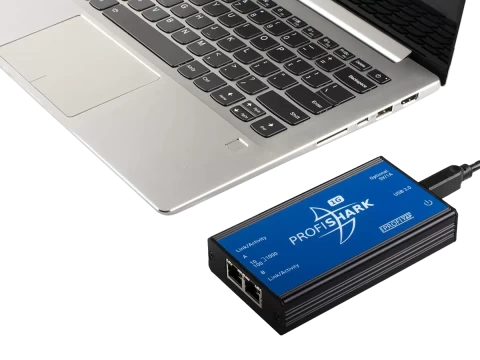-
Call Us:1.800.561.4019
Newsletter
For a Free Quote...
Latest Blog Posts
Blog Categories
Telnet Network News
5 Network Management Resolutions for 2014
 It’s that time of year again – when we all look back as well as forward, regret the things we haven’t done, then promise to make them right once more. Instead of doing the typical forecast and prognostications that most analysts pump out this time of year, I prefer to take a different tact – to simply raise attention regarding the things we know we should do in network management but really haven’t got around to doing yet.
It’s that time of year again – when we all look back as well as forward, regret the things we haven’t done, then promise to make them right once more. Instead of doing the typical forecast and prognostications that most analysts pump out this time of year, I prefer to take a different tact – to simply raise attention regarding the things we know we should do in network management but really haven’t got around to doing yet.
Based on the research that I’ve done in the past year as well is that I plan to be doing in the coming year, and the many conversations I’ve had with technologists and practitioners alike, I’d like to offer up the following five resolutions for network engineering, management, and operations professionals.
1. Get the spoons ready for ‘API Soup’. My colleague, Tracy Corbo, and I have a running joke about all of the times that we hear about the many great and wonderful APIs that are becoming a standard part of network and infrastructure equipment as well as management systems. Our term of endearment for this trend is “API Soup” and what it means is that in order to get everything out of the latest networking technologies (this includes all forms of SDN) it will be necessary to engage directly in programming activities. This means its time to bone up on scripting and programming skills and learning what it means for an API to be RESTful. Fortunately, you have some time before this becomes a pressing need – most of these new products and technologies are still in the early stages of adoption – but they are certainly cropping up everywhere you look, and their ubiquity is a “when” and not an “if” in our book. Best get a head start…
2. Lasso the change maverick. There’s nothing worse than getting that call in the middle of the night (or the middle of the day) informing you that the network is down. Time and time again, we hear about network outages that are traceable to changes intentionally made to network device configurations, which had unanticipated or unintended side effects. Even the best pre-deployment testing plans cannot fully anticipate production environment variability, so how can you reduce operational risk? If you do nothing else, make sure that you have in place a network change and configuration management (NCCM) system that can capture known good configurations and restore them rapidly if and when a crisis occurs. Better yet, start moving towards configuration enforcement, reducing your use of CLI, and leveraging automation wherever possible.
3. Take a developer out for lunch. One of last year’s resolutions was to take a SysAdmin to lunch. Hopefully you are still doing that on a regular basis. If not, fall back, regroup, and get to know the SysAdmin group. If you’re good on that, it’s time to move up a notch and get to know the IT development team. As infrastructure continues to become more and more virtualized and Operations evolves into an internal cloud service provider, one of your most important customers will be the application development team. Getting to know them a bit will come in very handy when working with them to determine true capacity and performance needs for the new and upgraded applications they are rolling out at an ever-increasing clip.
4. Shine a bright light on virtualization. Last year, I recommended that network managers find a way to establish visibility inside hypervisors, so that network connectivity and performance could be better understood across virtual networking components. The problem is now rising beyond and outside the hypervisors, with the increasing use of distributed virtual switching and virtual overlay networks. While virtual overlays are essentially encapsulations, you need to be able to peer inside them to understand exactly which end points are communicating and for what purpose. This is becoming particularly urgent as certain hypervisor companies turn up the heat on their virtual network solutions, promising that virtual system administrators no longer need to deal with the networking team in order to establish cross-infrastructure connectivity.
5. Aspire to become a performance advocate. For over 10 years running, I’ve advocated the network viewpoint (be it physical or virtual) as a superior/essential source of performance information both for monitoring as well as troubleshooting. The last two years have seen a resurgence in the value place upon the role that networks play, as IT infrastructure and application environments become increasingly integrated, virtualized, dynamic, and automated. There has never been a better opportunity than now to step forward and share the information about application performance and end-user experience that can be gathered from the network perspective. Go forth and gather data, and share it liberally. This can only come to good.
Thanks to Jim Frey at EMA for the article.
When you subscribe to the blog, we will send you an e-mail when there are new updates on the site so you wouldn't miss them.





Comments